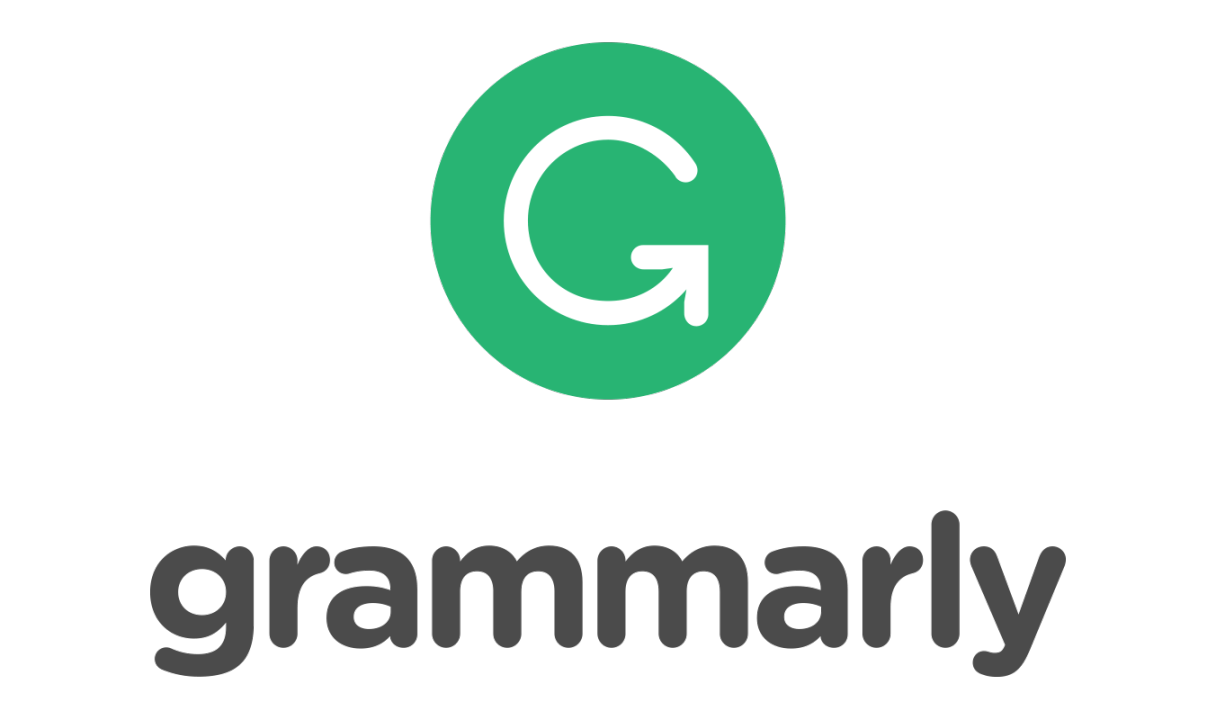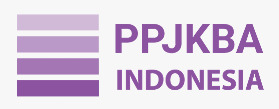Arabic Language Learning Media in Schools Reviewed from the Perspective of Neuroscience/ Media Pembelajaran Bahasa Arab di Sekolah Ditinjau dari Neurosains
DOI:
https://doi.org/10.22515/athla.v4i2.7155Keywords:
Arabic, Covid-19, Media Theaching, StudentAbstract
This research aims to analyze neuroscience-based Arabic language learning media with the goal of facilitating the retention of vocabulary (mufrodat) and proficiency in oral expression (muhadasah). This study is a qualitative literature review. Data is collected through a review of relevant literature from reputable scientific journals and books related to the research. The researcher also supplements secondary data with field data obtained through interviews and observations. The research is conducted at SMK Muhammadiyah 3 Yogyakarta. Data analysis is carried out using content analysis with the addition of data display, reduction, and verification techniques. The results of this research indicate that neuroscience-based Arabic language learning media is effective in meeting the needs of students by simplifying the Arabic learning process, facilitating vocabulary learning (mufrodat) more quickly, and improving reading, writing, listening, and speaking skills (muhadasah). Neuroscience-based Arabic language learning materials emphasize a brain-centered approach to learning Arabic, utilizing the brain's abilities in intellectual growth and tranquility. Learning resources based on neuroscience often take the form of multimedia or instructional videos designed to stimulate the brain as the focal point for mastering Arabic for students. These videos present Arabic content and vocabulary that is easily digestible and suitable for everyday learning, both in the classroom and at home. With the emergence of the COVID-19 pandemic, the transition to online learning has created physical distance between students and teachers, resulting in limited interaction and guidance. Consequently, many students are experiencing difficulties in understanding Arabic language concepts.
Downloads
References
Afif, M. (2019). Penerapan Metode Sorogan dalam Meningkatkan Baca Kitab di Pondok Pesantren Tarbiyatun Nasyi’in. KABILAH : Journal of Social Community, 4(2), 34–43. doi: 10.35127/kbl.v4i2.3592
Agus Purwanto, Rudy Pramono, Masduki Asbari, Priyono Budi Santoso, Laksmi Mayesti Wijayanti, Choi Chi Hyun, R. S. P. (2020). Studi Eksploratif Dampak Pandemi Covid-19 Terhadap Proses Pembelajaran Online di Sekolah Dasar. EduPsyCouns: Journal of Education, Psychology and Counseling, 2(1), 1–12. Retrieved from https://ummaspul.e-journal.id/Edupsycouns/article/view/397
Amrullah, A. (2021). ةيملاسلإا ةيوناثلا ةسردلم ةيبرعلا ةيسارد لا ب تكلا داوم ليلحت ةيداقتنلإا ا يجوغاديبلا روظنم نم. 7(1), 1–14.
Ardianto, B. (2017). Memahami Otak Reptil, Sistem Limbik, dan Neokorteks pada ManusiaNo Title. Bram Ardianto.
Arikunto, S. (2010). Metode Peneltian. Jakarta: Rineka Cipta.
Arikunto, S. (2013). Metodologi Penelitian Pendidikan: Teknik Pengumpulan Data Model Moleong. In Bumi Aksara.
Arsyad, A. (2017). Media Pembelajaran. Jakarta: Rajawali Pers.
Aziz, A., Padil, M., Mujtahid, M., & Prihadi, K. D. (2022). Developing self-efficacy, mattering, and general well-being through community-based education in the rural area. International Journal of Evaluation and Research in Education (IJERE), 11(1), 272. doi: 10.11591/ijere.v11i1.21948
Bahrudin, B., Ritonga, M., Maseleno, A., Huda, M., & ... (2021). Social learning for understanding planning practices at the individual level. Linguistics and Culture …, 5(April), 284–292. Retrieved from http://lingcure.org/index.php/journal/article/view/1374
Damasio, A., & Santoso, (Penerjemah) Yudi. (2009). Memahami Kerja Otak: Mengendalikan Emosi & Mencerdaskan Nalar. Yogyakarta: Penerbit Baca.
Darmalaksana, W. (2020). Metode Penelitian Kualitatif Studi Pustaka dan Studi Lapangan. In Pre-print Digital Library UIN Sunan Gunung Djati Bandung (Vol. 1, Issue 1). Bandung: UIN Sunan Gunung Djati Bandung. Retrieved from http://digilib.uinsgd.ac.id/32855/1/Metode Penelitian Kualitatif.pdf
Das, A. R. (2021). Paul kraus, Richard Walzer, and Galen’s com. Tim. Arabic Sciences and Philosophy, 31(2), 225–256. doi: 10.1017/S0957423921000072
Departemen Agama. (2002). No Title. Jakarta: CV Indah Press.
Dermawan, A. (2014). Keefektifan collaborative learning berbasis quiz edutainment terhadap ketuntasan hasil belajar. Chemistry in Education, 3(1).
Fritz, I., & Baggio, G. (2021). Neural and behavioural effects of typicality , denotation and composition in an adjective – noun combination task. Language, Cognition and Neuroscience, 1(6), 1–23. doi: 10.1080/23273798.2021.2004176
Hadiyanto, A., Samitri, C., & Maria Ulfah, S. (2020). Model Pembelajaran Bahasa Arab Multiliterasi Berbasis Kearifan Lokal di Penguruan Tinggi Negeri. Hayula: Indonesian Journal of Multidisciplinary Islamic Studies, 4(1), 117–140.
Hendri, E. (2010). Guru Berkualitas: Profesional dan Cerdas Emosi. Jurnal Saung Guru, 1(2), 1–11.
Ilyas, Y. (2019). Kuliah Ulumul Qur’an. Yogyakarta: Lembaga Pengembangan Studi Islam (LPS).
Isnaini, N., & Huda, N. (2020). Pengembangan Media Pembelajaran Kosakata Bahasa Arab Berbasis Permainan My Happy Route. Al Mi’yar: Jurnal Ilmiah Pembelajaran Bahasa Arab Dan Kebahasaaraban, 3(1), 1. doi: 10.35931/am.v3i1.156
Jailani, M., & Huda, M. (2022). Implementation of Neuroscience-Based Multiple Intelligences Theory : To Improve the Intelligence of Students in Ma ’ had. Jurnal Al Bayan: Jurnal Jurusan Pendidikan Bahasa Arab, 14(2), 345–362. doi: 10.24042/albayan.v14i2.12211
Mufidah, N., & Rohima, I. I. (2020). Pengajaran Kosakata untuk Mahasiswa Kelas Intensif Bahasa Arab (Vocabulary Teaching For Arabic Intensive Class). (Ujss) Uniqbu Journal Of Social Sciences, 5(1), 55.
Ramadhan, R. (2020). Aplikasi TikTok Sebagai Media Pembelajaran Bahasa Arab Baru di Zaman Digital. Jurnal Ilmu Pendidikan, 523–537.
Ritonga, M., Kustati, M., Budiarti, M., Lahmi, A., Asmara, M., Kurniawan, R., Putri, N., & Yenti, E. (2021). Arabic as foreign language learning in pandemic COVID-19 as perceived by students and teachers. Linguistics and Culture Review, 5(1), 75–92. Retrieved from https://lingcure.org/index.php/journal/article/view/726
Ritonga, M., Widodo, H., Munirah, & Nurdianto, T. (2021). Arabic language learning reconstruction as a response to strengthen Al-Islam studies at higher education. International Journal of Evaluation and Research in Education, 10(1), 355–363. doi: 10.11591/ijere.v10i1.20747
Said, A. (2017). Revolusi Mengajar Berbasis Neurosains. Prenada Media.
Sobirin, M., & Rahman, M. R. A. (2022). Cultural Barriers in Translating the Qur’an into Low-Context Culture: The Word of God in Javanese Banyumasan. Global Journal Al-Thaqafah, 12(1), 27–39. doi: 10.7187/GJAT072022-2
Sugiyono. (2017). Metode Penelitian Kuantitatif Kualitatif dan R&D (1st ed.). Bandung: Alfabeta.
Suyadi. (2017a). Pendidikan Islam Inklusi Humanis Dan Religius. Tajdidukasi, VII(2), 15–27.
Suyadi. (2020). Pendidikan Islam dan Neurosains: Menelusuri Jejak Akal dan Otak Dalam Alquran Hingga Pengembangan Neurosains Dalam Pendidikan Islam (Lintang Novita (Ed.); Pertama). Jakarta: Kencana. Retrieved from www.Prenamedia.com
Suyadi, Nuryana, Z., & Fauzi, N. A. F. (2020). The fiqh of disaster: The mitigation of Covid-19 in the perspective of Islamic education-neuroscience. International Journal of Disaster Risk Reduction, 51(2), 1–15. doi: doi.org/10/1016/J.ijdrr.2020.101848
Suyadi, Nuryana, Z., Sutrisno, & Baidi. (2022a). Academic reform and sustainability of Islamic higher education in Indonesia. International Journal of Educational Development, 89, 102534. doi: 10.1016/j.ijedudev.2021.102534
Suyadi, Nuryana, Z., Sutrisno, & Baidi. (2022b). Academic reform and sustainability of Islamic higher education in Indonesia. International Journal of Educational Development, 89, 102534. doi: 10.1016/j.ijedudev.2021.102534
Suyadi, S. (2017b). Teori Pembelajaran Anak Usia Dini. Bandung: Penerbit PT Remaja Rosdakarya.
Suyadi, S. (2022). Type developing an Islamic education curriculum on outcomes-based education as a defensive strategy facing the challenges of industry revolution 4.0. International Journal of Education and Learning, 4(1), 41–57. doi: 10.31763/ijele.v4i1.440
Thohir, M., Ma’arif, S., Junaedi, Huda, H., & Ahmadi. (2021). From disruption to mobilization: Ire teachers’ perspectives on independent learning policy. Cakrawala Pendidikan, 40(2), 359–373. doi: 10.21831/cp.v40i2.39540
Yunita, Y., & Pebrian, R. (2020). Metode Komunikatif dalam Pembelajaran Bahasa Arab Maharah Al-Kalam di Kelas Bahasa Center for Languages and Academic Development. Jurnal Pendidikan Agama Islam Al-Thariqah, 5(2), 56–63. doi: 10.25299/al-thariqah.2020.vol5(2).5838
Yunus, Y. (2020). PEMBELAJARAN BERBASIS EDUTAINMENT PADA MATA PELAJARAN PENDIDIKAN AGAMA ISLAM DAN BUDI PEKERTI DI SD NEGERI 1 KEMBARAN KULON PURBALINGGA. QALAM: Jurnal Pendidikan Islam, 1(2).
Downloads
Published
How to Cite
Issue
Section
Citation Check
License
Copyright (c) 2023 MOHAMMAD JAILANI

This work is licensed under a Creative Commons Attribution-ShareAlike 4.0 International License.










